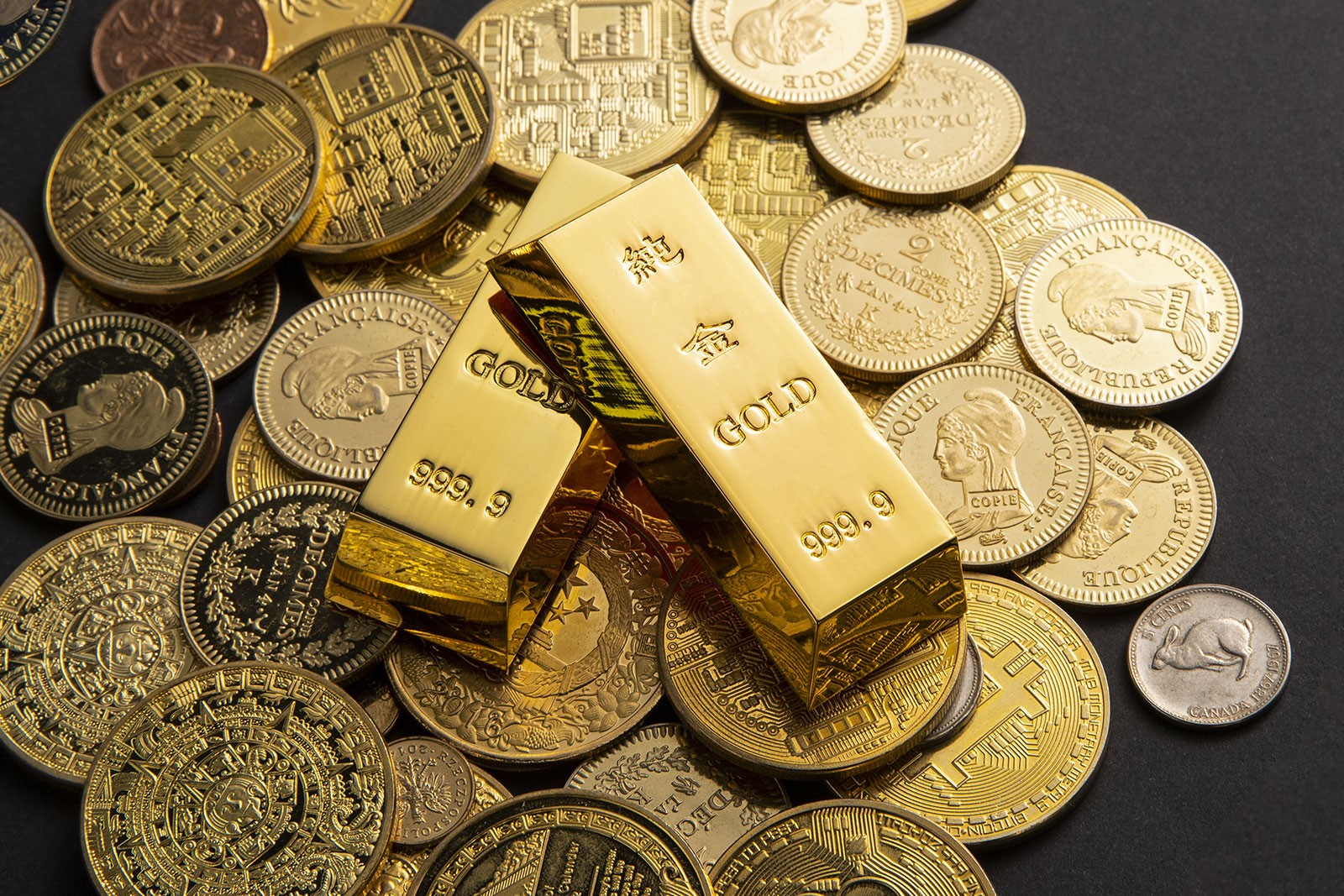Table of content:
Investing in Precious Metals as a Wealth Strategy

Investing in precious metals like gold, silver, platinum, and palladium has been a timeless strategy for preserving and growing wealth. These tangible assets can serve as a hedge against inflation, currency devaluation, and economic uncertainty. This post explores the rationale behind investing in precious metals, the various forms they come in, and how to incorporate them into your investment portfolio.
Why Invest in Precious Metals?
- Diversification: Precious metals often move inversely to stocks and bonds, making them an excellent tool for portfolio diversification.
- Inflation Hedge: Historically, precious metals have maintained their value over the long term, serving as a hedge against inflation.
- Safe Haven: In times of economic instability, investors flock to precious metals as a safe haven, often driving up their value.
- Tangible Assets: Unlike digital or paper assets, precious metals offer the security of physical ownership, which can be appealing in a world of increasing digital risk.
Forms of Precious Metal Investments
- Bullion: Bars or coins are the most direct way to invest in precious metals. They can be purchased from reputable dealers and require secure storage.
- Exchange-Traded Funds (ETFs): Precious metals ETFs offer exposure to their prices without the need to physically hold the metal. They’re a convenient option for many investors.
- Mining Stocks: Investing in companies that mine precious metals can offer higher returns but comes with higher risk due to the complexities of mining operations.
- Mutual Funds and Index Funds: Some funds focus on the precious metals sector, offering diversified exposure to mining companies.
Strategies for Investing in Precious Metals
- Allocate Wisely: Precious metals should complement your investment portfolio. A common recommendation is to allocate 5% to 10% of your portfolio to precious metals.
- Consider Storage and Insurance: If you invest in physical bullion, consider the costs and logistics of secure storage and insurance.
- Stay Informed: The precious metals market can be volatile. Stay informed about market trends, economic indicators, and geopolitical events that can affect prices.
- Think Long Term: Precious metals should be viewed as a long-term investment. Their value may fluctuate in the short term, but they can provide stability and wealth preservation over the long haul.
Risks and Considerations
- Volatility: Prices of precious metals can be volatile in the short term, influenced by numerous factors including currency values, interest rates, and global economic conditions.
- Liquidity: While gold and silver are highly liquid, other precious metals like platinum and palladium may be less so.
- Storage Costs: Physical bullion requires secure storage, which can incur costs and risks.
Investing in precious metals can be a wise strategy for wealth preservation and diversification. Whether you choose physical bullion, ETFs, or mining stocks, it’s important to approach this investment with a strategy that aligns with your overall financial goals and risk tolerance. As with any investment, due diligence, ongoing education, and a clear understanding of the risks and rewards are paramount to success.
About Financial Newcomer
Financial Newcomer is a dynamic portal dedicated to unraveling the complexities of finance for beginners and seasoned investors alike. With a focus on personal finance, investment strategies, and the latest economic trends, this portal serves as a comprehensive guide to navigating the financial landscape. Whether you're looking to build a budget, explore investment opportunities, or simply gain a better understanding of financial principles, Financial Newcomer offers clear, actionable advice to help you achieve your financial goals. Join us as we explore the world of finance, one insightful post at a time.

